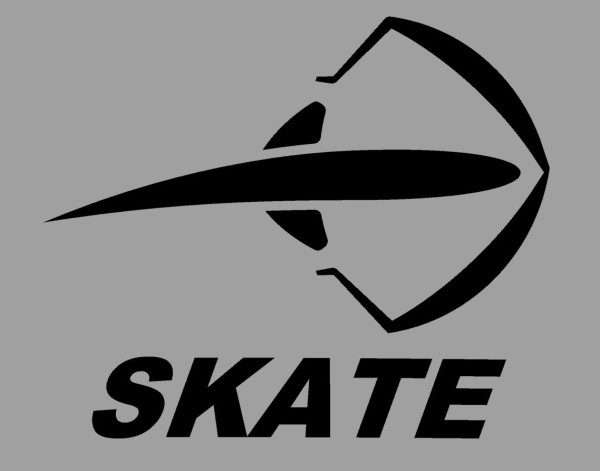Peel Ply is a valuable tool when making lightweight panels. It is applied to the laminate right after you laminate the panel and the epoxy is still runny. There are 3 great reasons to consider using peel ply. The first is that it helps remove excess epoxy in the laminating process which will create a lighter/stronger panel. The second is that it will negate the need to roll on a fill coat of epoxy to fill the fiberglass weave because it helps lay down the glass fibers. The third reason is that the peel ply, once peeled off the fully cured panel, will provide a clean and textured surface that can be ready to bond to.
How to Use Peel Ply
Before you can use peel ply you need to make sure the laminate is fully saturated with a nice glossy surface and has a bit of extra resin in it. You should not use peel ply on laminate that is resin starved.
Carefully roll out the peel ply over your laminate in the same way you did when you laid out your fiberglass. It is ok to dart and overlap the peel ply where needed.
Now use your gloved hands to smooth out the peel ply. You want the peel ply to be fully saturated over your laminate without any dry spots. It may take a couple minutes for you to lay the peel ply down and work it into the cloth enough for it to get fully saturated with resin. If there are dry spots on the peel ply surface, it is ok to add a touch more resin ontop of these spots and work it in with a squeegee. If you want to be very particular about weight savings, you can use paper towels to remove any excess resin that may come to the surface of the peel ply.
When finished, the peel ply should have a uniformly dull sheen to it. Do not try to remove the peel ply until the epoxy has fully cured. It is not a bad idea to keep the peel ply on the surface until right before you use the panel. This will protect the surface from dirt in your shop, and it will insure that the peel ply removes all the amine blush that may form on the panel. Keep in mind that epoxy will continue to cure for months, and as such, a small bit of amine blush will form even after the epoxy has reached its initial cure stage. Amine blush interferes with the secondary bonding of epoxy and thus it is important to remove that blush fully before bonding— or in this case— remove the peel ply right before you need to bond to the surface.



Post your comment on this topic.
Bobby with Brian wrote: Aug 28, 2024
We peeled off the peel ply and noticed some dry spots now the peel ply has been on for a year is this ok it looks fine but don’t know if we may need to epoxy over one time what do u think need answer soon as we r starting to put together please